10 Spacetime Mysteries That Quantum Gravity Could Solve

There are plenty of questions we don’t know the answer to. With quantum gravity, they might be solved!
This article is written by Sabine Hossenfelder. Sabine is a theoretical physicist specialized in quantum gravity and high energy physics. She also freelance writes about science.
Einstein’s theory of general relativity, where gravity is caused by the curvature of space-time, is awesome. It has been confirmed to an incredible level of precision, extending to fifteen significant figures in some cases. One of its most amazing predictions is the existence of gravitational waves: small disturbances in space-time that travel freely. These very waves are now detected regularly by the LIGO/VIRGO experiments.
But we know that general relativity is incomplete. It works well when the quantum effects of space-time are small, which is almost always the case. But when the quantum effects of space-time become large we need a better theory: a theory of “quantum gravity”.
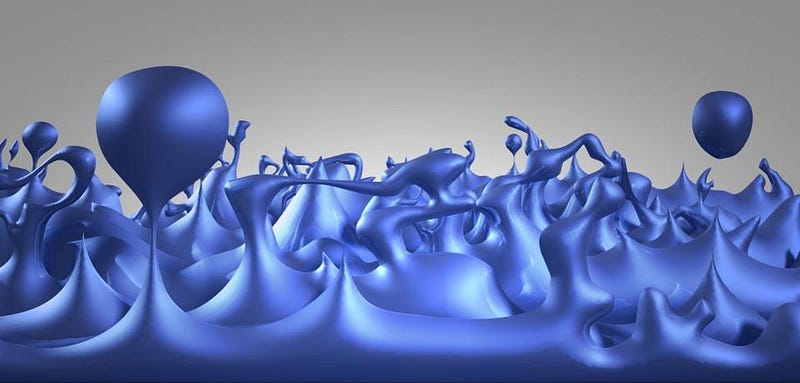
Since we don’t yet know the theory of quantum gravity, we don’t really know what space, and time, are. We have several candidate theories for quantum gravity, but none of them is generally accepted. Nevertheless, based on the existing approaches, we can speculate what might happen with space and time in a theory of quantum gravity. Here, I have collected the ten most mind-boggling speculations for you:
1.) In quantum gravity we expect that space-time will fluctuate wildly even in the absence of matter. In the quantum world, the vacuum never rests, and neither do space and time.
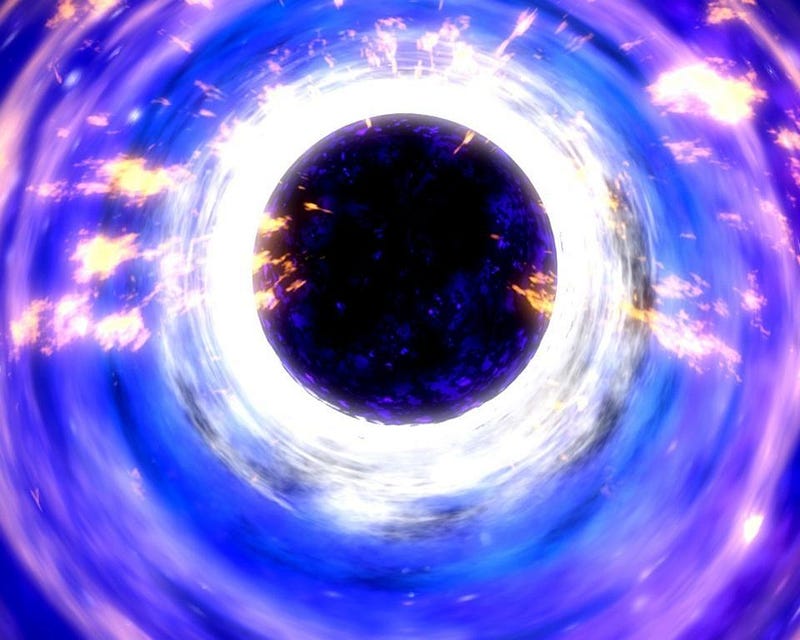
2.) The quantum space-time could be full with microscopic black holes. Weirder still, it could have wormholes or give rise to baby universes, which are small bubbles that pinch off from the mother universe.
3.) And since this is a quantum theory, space-time could do all these things simultaneously! It could both create a baby universe and not create one at the same time.
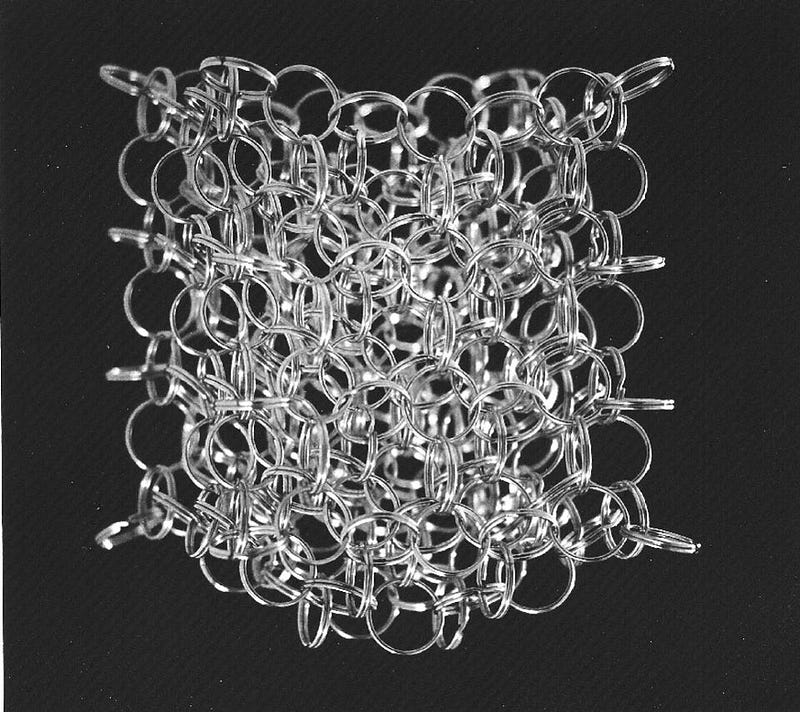
4.) In most approaches to quantum gravity, space-time is not fundamental but made of something else. That might be strings, loops, qbits, or some variant of space-time “atoms” which appear in condensed-matter based approaches. The individual constituents, however, can only be resolved when probed with extremely high energies, far beyond what we can achieve on Earth.
5.) In some of the condensed-matter based approaches, space-time has properties like a solid or a fluid so that it can be elastic or have viscosity. If that is so, this might lead to observable consequences. Physicists presently search for such effects by studying messenger particles, e.g., light or electrons, that reach us from far away in the cosmos.
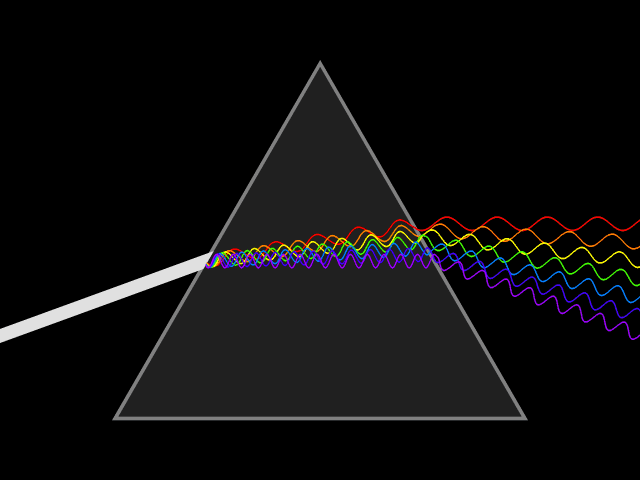
6.) Space-time might affect how light travels through it. It might not be entirely transparent, or light of different colors might travel at different speeds, an effect known as “dispersion.” If the quantum space-time influences the spread of light, this too could be observable in future experiments.
7.) Space-time fluctuations might destroy the ability of light from distant sources to create interference patterns. This effect has been looked for and not found, at least not so far and not in the visible range.

8.) In regions of strong curvature, time might turn into space. This could happen, for example, inside of black holes or at the big bang. In such a case, what we now know as a space-time with three dimensions of space and one dimension of time might transform into a four-dimensional “Euclidean” space.
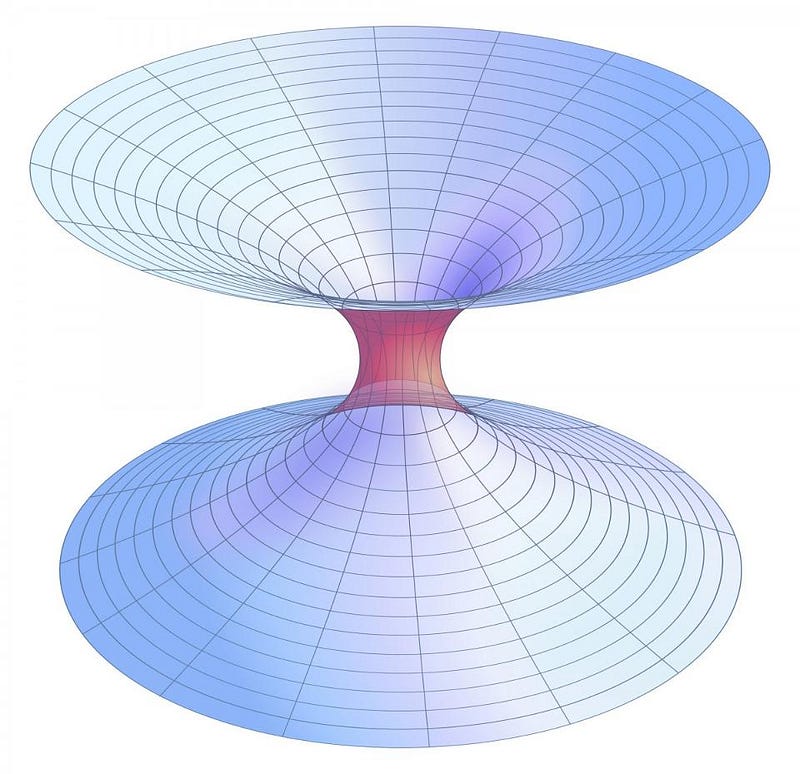
9.) Space-time could be non-locally connected with tiny shortcuts spanning throughout the universe. Such non-local connections should exist in all approaches whose underlying structure is non-geometric, such as a graph or network. This is because in such cases the notion of “nearby” is not fundamental but only derived, and it should be imperfect so that, on occasion, very distant places are connected by accident.
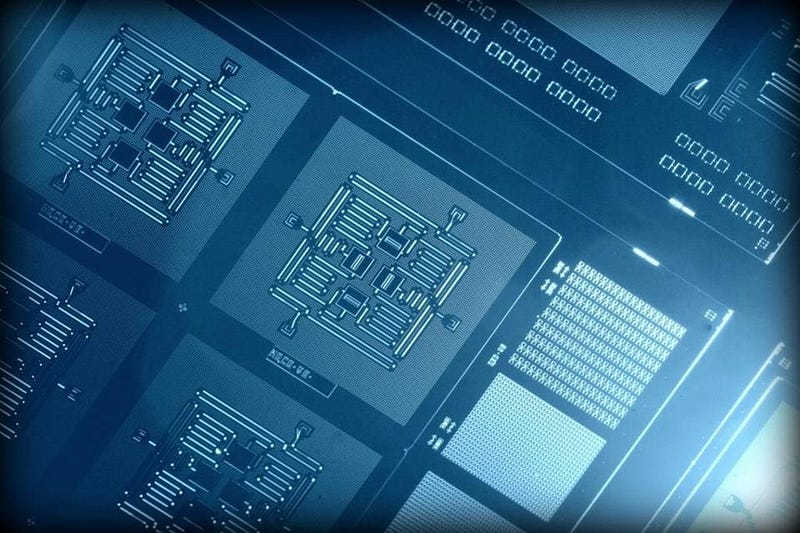
10.) It might be that to combine quantum theory with gravity, we do not have to update gravity, but quantum theory itself. If that is so, the consequences could be far-reaching. Because quantum theory underlies all electronic devices and if has to be changed, this might open entirely new possibilities.
https://www.youtube.com/watch?v=Abcaz_sJPHw
Although quantum gravity is often seen as a remote theoretical idea, there are many possible avenues for putting it to an observational or experimental test. Already, some important constraints have been gleaned from making those very same observations and measurements. We all travel through space-time every day. Understanding it could change our lives.
Ethan Siegel is the author of Beyond the Galaxy and Treknology. You can pre-order his third book, currently in development: the Encyclopaedia Cosmologica.





